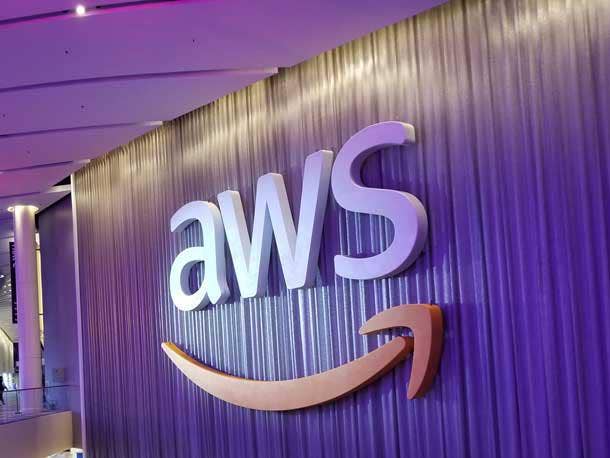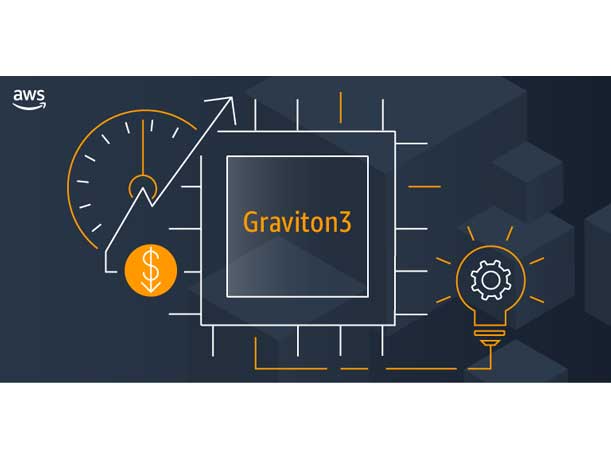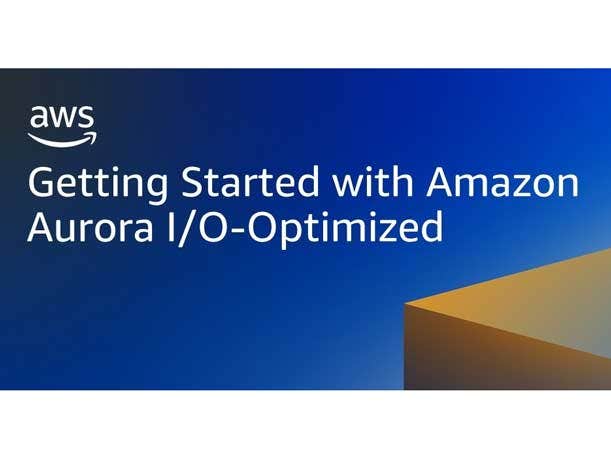5 Big AWS News Stories Around Amazon Olympus, SAP HANA And AI
CRN breaks down the five biggest AWS news stories this month around SAP HANA, MongoDB, a $5 billion partner agreement and Amazon’s new AI model, code-named Olympus.

The headlines coming out of Amazon Web Services this month have been fast and furious as the worldwide cloud market-share leader is laser- focused on winning the AI arms race while forming collaboration partnerships with software companies and channel partners at a somewhat unprecedented pace.
From AWS forming new technology solutions with SAP HANA around its Graviton processors to forming a $5 billion strategic collaboration agreement with AWS partner all-star DoiT, AWS has had a busy past two weeks.
News also broke this week that parent company Amazon is investing millions in training a potentially game-changing AI model, code-named Olympus, in a move to put the heat on AI rivals Microsoft and Google.
[Related: Microsoft Vs. Google Vs. AWS: Q3 2023 Cloud Earnings Face-Off]
CRN takes a deep dive into Amazon Olympus, new MongoDB capabilities injected into AWS CodeWhisperer, new integrations of Amazon Aurora MySQL with Amazon Redshift, and more.
AWS’ $92 Billion Run Rate; No. 1 Cloud Market Share
Before jumping into AWS’ five big recent new stories, it is key to note that AWS recently reported its financial earnings results for third-quarter 2023.
The Seattle-based cloud giant generated $23.1 billion in total sales, representing an increase of 12 percent year over year. AWS now has an annual run rate of $92.4 billion. The company generated operating income of $7 billion in third-quarter 2023, compared with $5.4 billion in third-quarter 2022.
Based on new third-quarter cloud market-share data from IT market research firm Synergy Research Group, AWS is still the dominant worldwide cloud infrastructure services leader. AWS won 32 percent global share of the cloud market in third-quarter 2023, followed by Microsoft at 23 percent share and Google Cloud at 11 percent share. Global enterprise spending on cloud services hit $68 billion in third-quarter 2023.
Here are the five biggest AWS news storiesthis month that channel partners, customers and investors should know about.

Amazon’s New LLM To Rival Microsoft-Backed OpenAI And Google
As AWS battles Google Cloud and Microsoft in the red-hot artificial intelligence and generative AI (GenAI) market, parent company Amazon is reportedly investing millions in training a new large language model (LLM) code-named Olympus.
The AI model has 2 trillion parameters, which could make Olympus the largest model being trained, according to a report by Reuters.
Amazon’s current foundation model, Titan, became generally available this year. The company also sells LLMs from other providers including Anthropic.
It is key to note that Amazon’s new LLM is being led by Rohit Prasad, the former head of Amazon Alexa. In July, Prasad was promoted to senior vice president and head scientist for Amazon’s Artificial General Intelligence organization. He reportedly brought in researchers from Alexa’s AI division and many scientists from Amazon to work on the new conversational AI software.
Microsoft-backed OpenAI is the owner of ChatGPT. The startup launched its newest version, ChatGPT-4, earlier this year, while Microsoft launched a slew of new GenAI offerings in 2023. Meanwhile, Google launched its own LLM this year called PaLM, its new GenAI collaborator Bard, and many more Google GenAI offerings.

SAP HANA Cloud Now Supports AWS Graviton
SAP HANA Cloud now has support for AWS’ Graviton family of processors.
SAP is extending its cloud in-memory database to AWS Graviton-powered Amazon Elastic Compute Cloud (Amazon EC2) instances to take advantage of AWS’ price, performance and energy efficiency benefits, the company said this month. By choosing to run SAP HANA Cloud on AWS Graviton, SAP customers can optimize compute costs and open up the door to new efficiencies.
AWS’ Arm-based Graviton processors aim to deliver the best price/performance over comparable x86-based instances for a variety of workloads running in Amazon EC2. Because Graviton3-based instances use up to 60 percent less energy for the same performance, SAP said it can reduce the compute carbon footprint of its HANA Cloud workloads by an estimated 45 percent.
Since recently migrating SAP HANA Cloud to AWS Graviton-based Amazon EC2 instances, SAP said it has seen up to 30 percent better compute performance for analytical workloads and lowered its compute costs by 15 percent.

AWS And DoiT To Drive $5 Billion With New Agreement
AWS signed a massive agreement with all-star channel partner DoiT International aimed at driving $5 billion in business for the two companies to drive AWS cloud consumption for born-in-the-cloud to large enterprise customers.
The five-year strategic collaboration agreement will see DoiT create additional practices to expand its industry offerings and enhance its services to customers with help from AWS. The goal is to create an additional net-new $5 billion in sales over the next five years in areas such as cloud optimization, application modernization and security posture reviews and expand its go-to-market.
“The investment in AWS via the new SCA is a testament to the incredible growth we’ve experienced in the past year, including a 400 percent year-over-year increase in AWS business bookings,” said DoiT’s Scott White, COO and CRO, in a statement. “As the demand for cloud continues to grow, we look forward to building even more advanced technology and solutions with AWS that will drive efficiency, growth and transformative value for our customers.”
Santa Clara, Calif.-based DoiT is an AWS Premier Tier Services Partner with more than 300 certifications.

MongoDB To Boost AWS’ Amazon CodeWhisperer
MongoDB created a collaboration with AWS aimed at optimizing Amazon CodeWhisperer.
Developers can now get enhanced suggestions that reflect best practices, allowing developers to ideate more quickly, rapidly prototype new features and accelerate application development. The goal is to provide enhanced suggestions for application development and modernization on MongoDB’s developer data platform for business-critical applications.
“Generative AI has the potential to not only revolutionize how end users interact with modern applications but also how developers build those applications,” said MongoDB’s Andrew Davidson, senior vice president of product, in a statement. “Collaborating with AWS to train Amazon CodeWhisperer on MongoDB is a step in that direction, and developers can now build more quickly and focus on higher-value tasks.”
Trained on billions of lines of Amazon and open-source code, CodeWhisperer is an AI-powered coding companion that generates code suggestions based on natural-language comments or existing code in developers’ integrated development environments.
Amazon CodeWhisperer can now help reduce the amount of time developers spend creating code for building data-driven applications on MongoDB and will continue to be trained to improve and refine code suggestions.

Aurora MySQL Integration With Amazon Redshift
AWS is addressing a major customer pain point around building and managing complex extract, transform, and load (ETL) data pipelines by integrating Amazon Aurora MySQL zero-ETL integration with Amazon Redshift.
This week, the integration become generally available to all customers. The integration enables customers to run near-real-time analytics and machine learning on petabytes of transactional data in Amazon Redshift without having to build or maintain data pipelines.
ETL data pipelines can be costly to build and challenging to maintain, requiring developers to write custom code and constantly manage the infrastructure to ensure it scales to meet demand.
With Amazon Aurora MySQL zero-ETL integration with Amazon Redshift, transactional data is automatically and continuously replicated seconds after it is written into Amazon Aurora MySQL and seamlessly made available in Amazon Redshift, where customers can start analyzing it immediately and apply advanced features like data sharing and Amazon Redshift ML to get predictive insight.